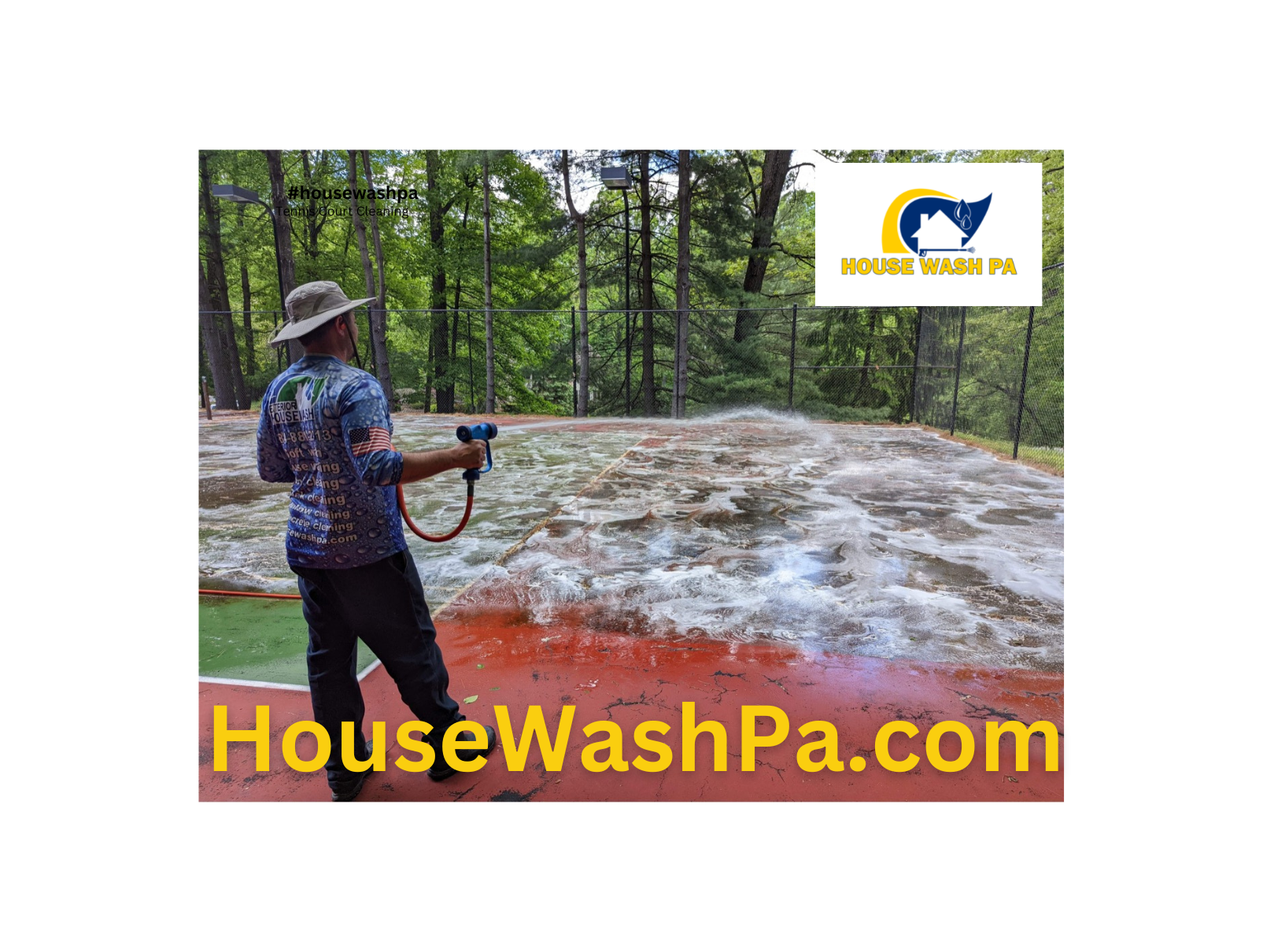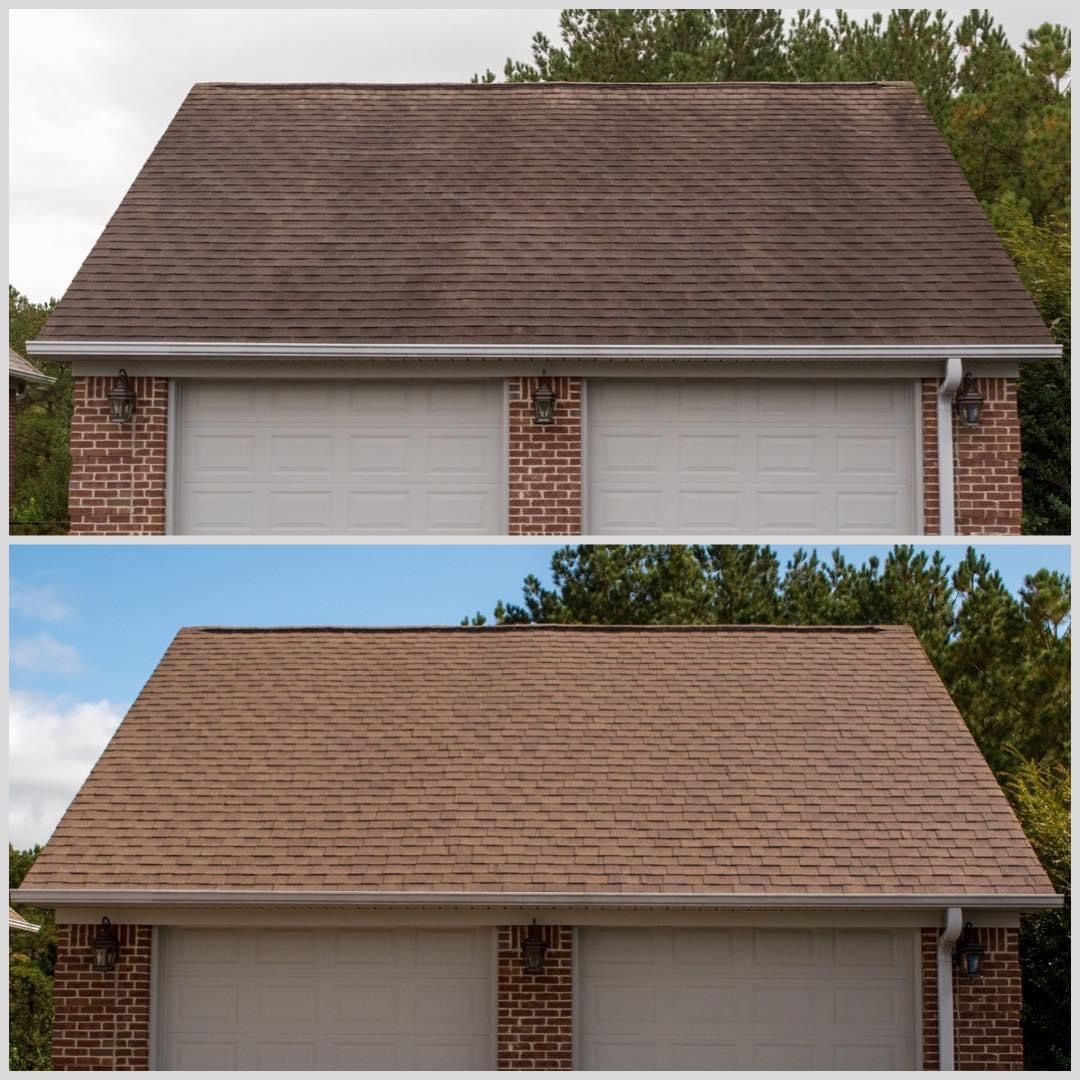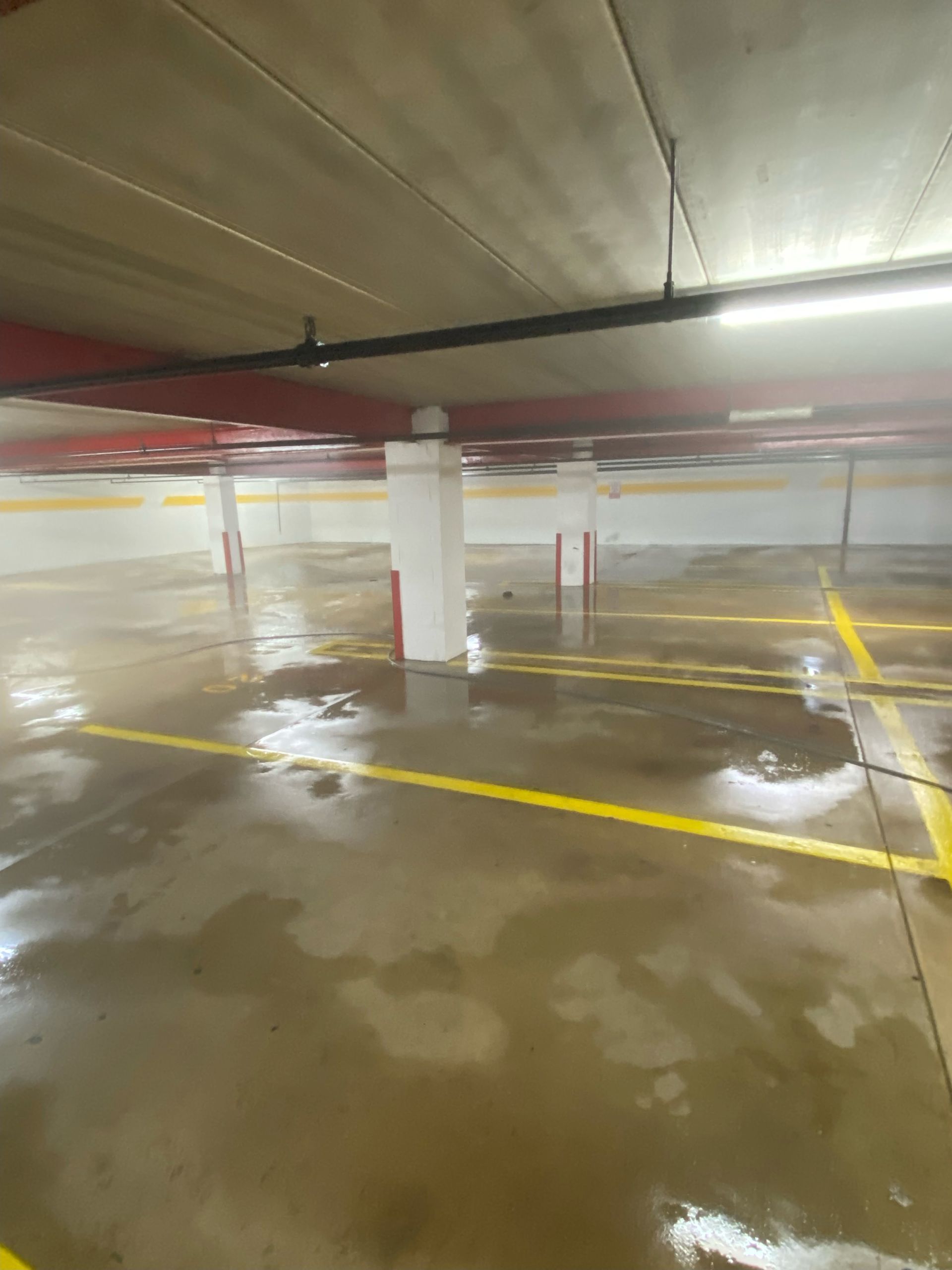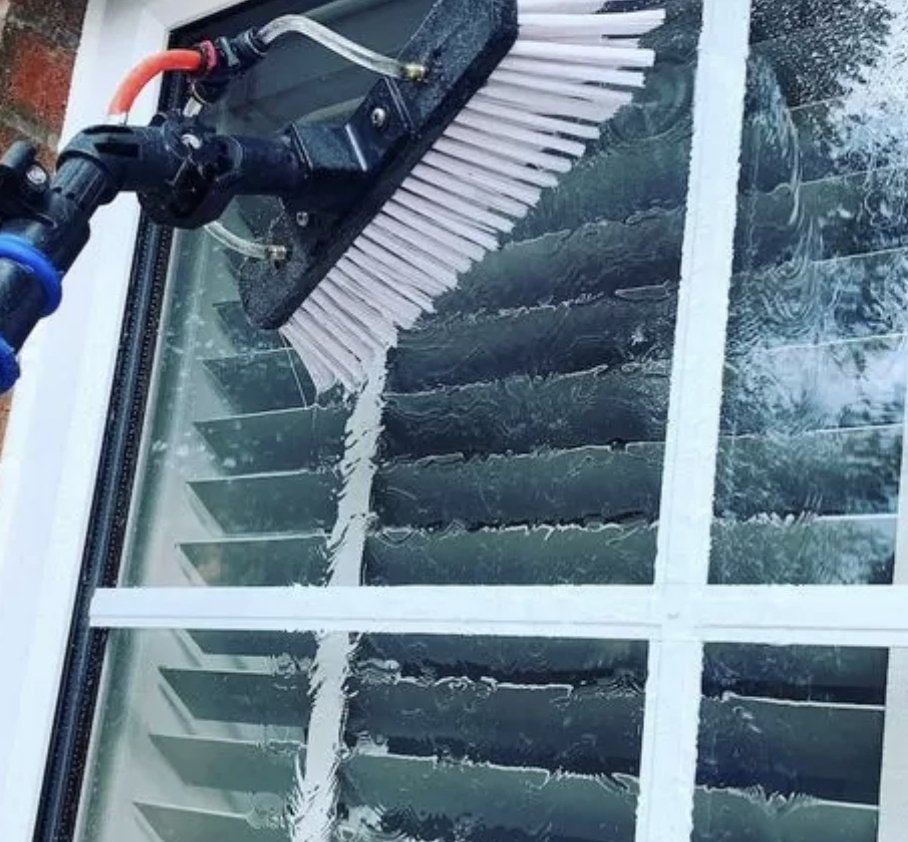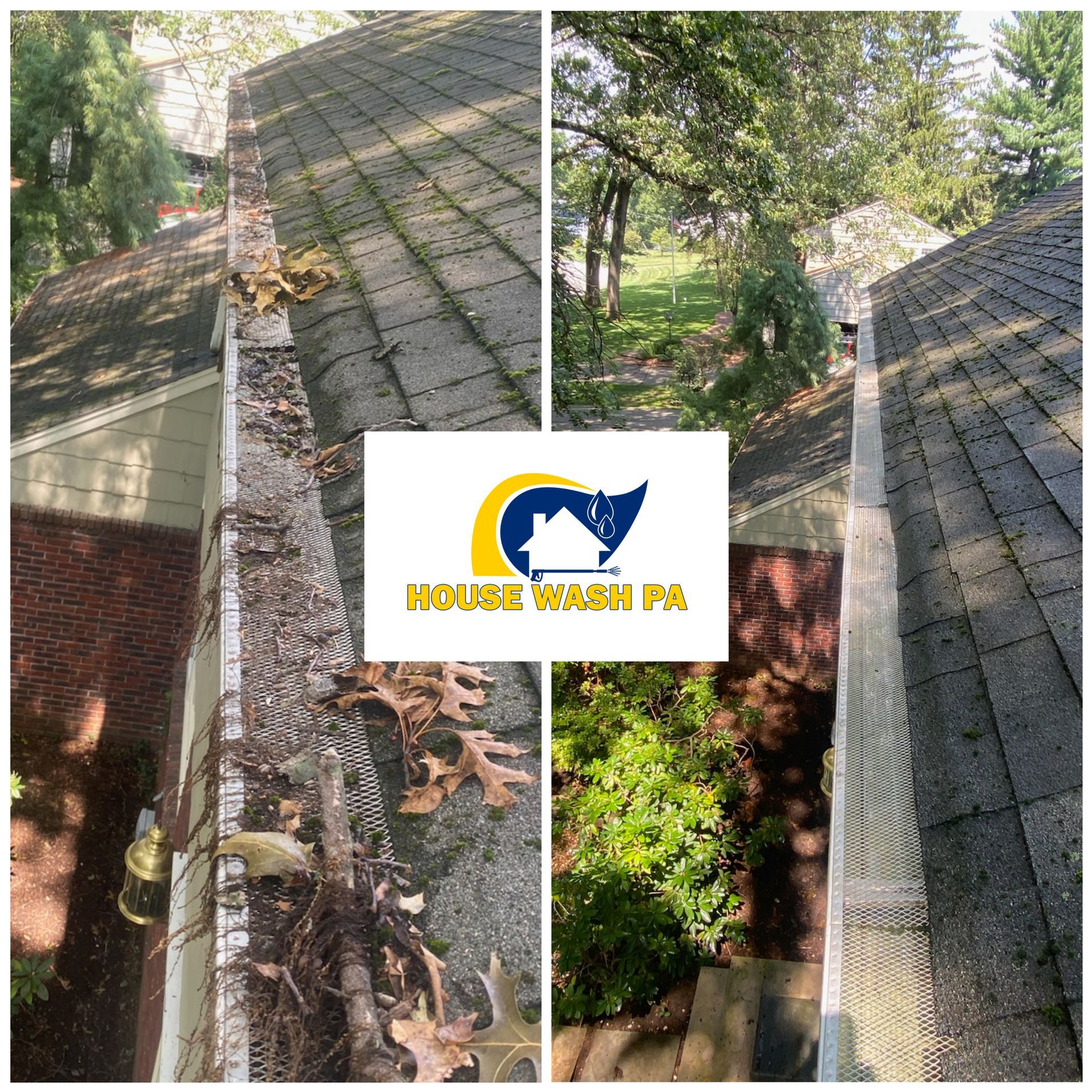Benefits of resanding paver patios and walkways.

Why resand your Paver Patio and Walkway?
Stability and prevention of shifting sand between brick pavers is crucial for stabilizing your patio or walkway. The pavers can shift without enough sand and become uneven. Uneven pavers could pose a safety risk. Resanding the pavers will ensure they remain in place and create a smooth surface suitable for sitting, walking, or entertaining.
Weed Control
The growth of weeds between pavers is a common problem for homeowners with paver patios and walkways. By filling in the joints with polymeric sand this can help combat the problem. Polymeric sand creates a barrier that prevents weeds from taking root and destroying the look of your outdoor area.
Enhance Aesthetic Appeal
By resanding, you can give your patio or walkway a new and clean look. Sand fills in the gaps between pavers to create a uniform and clean surface. Resanding will revitalize the appearance of your outdoor space, making it more inviting and visually appealing to guests.
Joint Stabilization
Polymeric sand is a type of sand that hardens upon exposure to moisture. It offers excellent joint stabilization. The polymeric sand fills the gaps between pavers and creates a durable, solid joint. Resanding will prevent the pavers from shifting and provide long-lasting stability.
Resistance Against Erosion
The natural erosion of sand may occur over time, even though it is effective for resanding. Polymeric sand is resistant to erosion and ensures that joints are intact in all weather conditions. This durability is especially beneficial in areas that experience heavy rainfall or have high foot traffic.
Insect Infestation: Prevention
Insects like ants and termites may find their way between pavers to compromise the integrity of your structure. The sand acts as a barrier, preventing insect infestation. Resanding the paver patio or walkway will replenish this protective layer. Resanding will minimize the risk of pests damaging your outdoor space and ensure its durability.
Joint Sand Hardening and Stabilization
The resanding of the joint with new sand will allow for stabilization and hardening. Over time, existing sand may become compacted and eroded, which can reduce stability. Resanding introduces fresh sand, which helps to stabilize the joints. It also hardens with time, creating a strong and durable foundation for your pavers.
Reduce Sand Washout
Sand can be washed out of the joints in your pavers by natural elements such as rain or wind. Without sand in between your joints can cause unsightly uneven surfaces and gaps. You can replenish the sand in your paver walkway and patio, reducing the chance of it washing out and maintaining a uniform and attractive appearance. Resanding helps preserve the structural integrity and prevents the pavers from becoming loose.
How often should you resand your pavers?
Resanding pavers depends on several factors, such as the type of sand and the environment. When using polymeric sand, the time between resanding pavers can be extended by up to 10 years. This sand offers increased durability. Regular inspections will determine whether resanding should be done sooner.
Achieve a finished look
Sand between pavers gives your patio or walkway a finished appearance. The sand fills in the gaps and creates a polished and cohesive look. Resanding restores the beauty of outdoor spaces by ensuring the joints are neatly sealed and improving the overall aesthetic appeal.
Final thoughts
Maintaining the appearance and longevity of your paver walkway or patio is important to create a welcoming outdoor space. The sand between pavers can wear away over time and cause various problems. Resanding a paver patio or walkway has many benefits. Remember, your pavers are an investment. Taking the time to properly maintain them will help them remain beautiful and functional for years to come.




